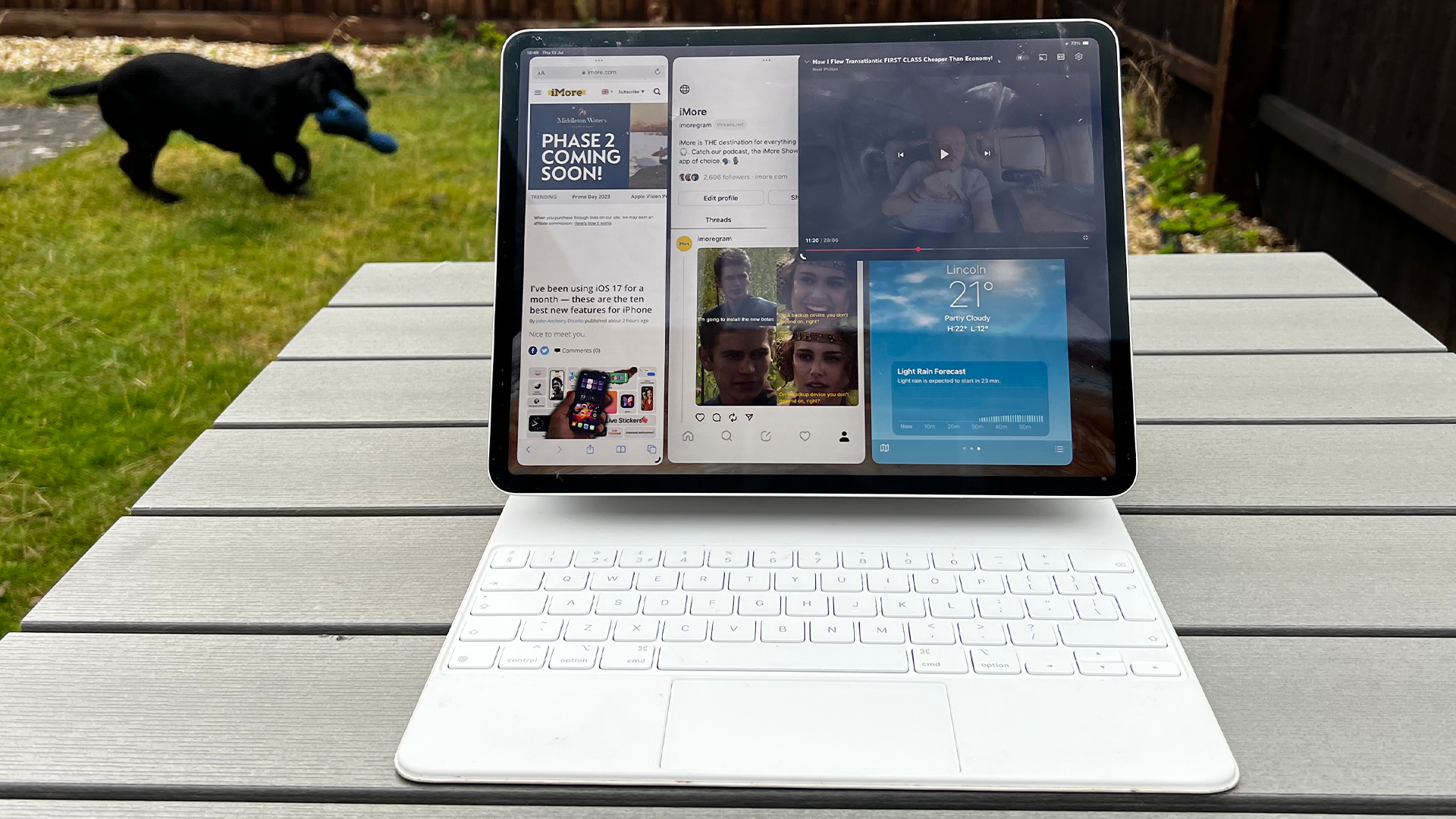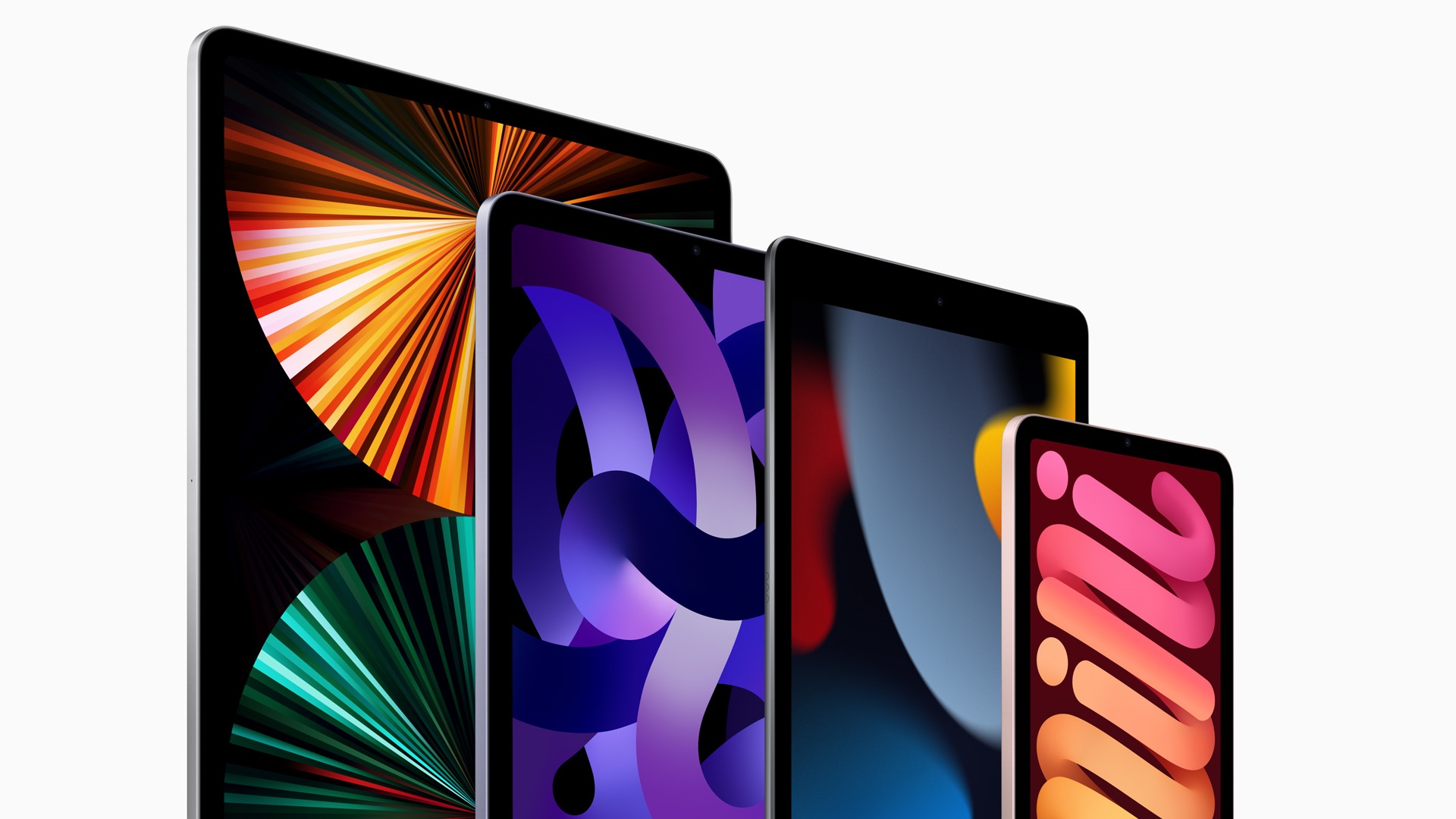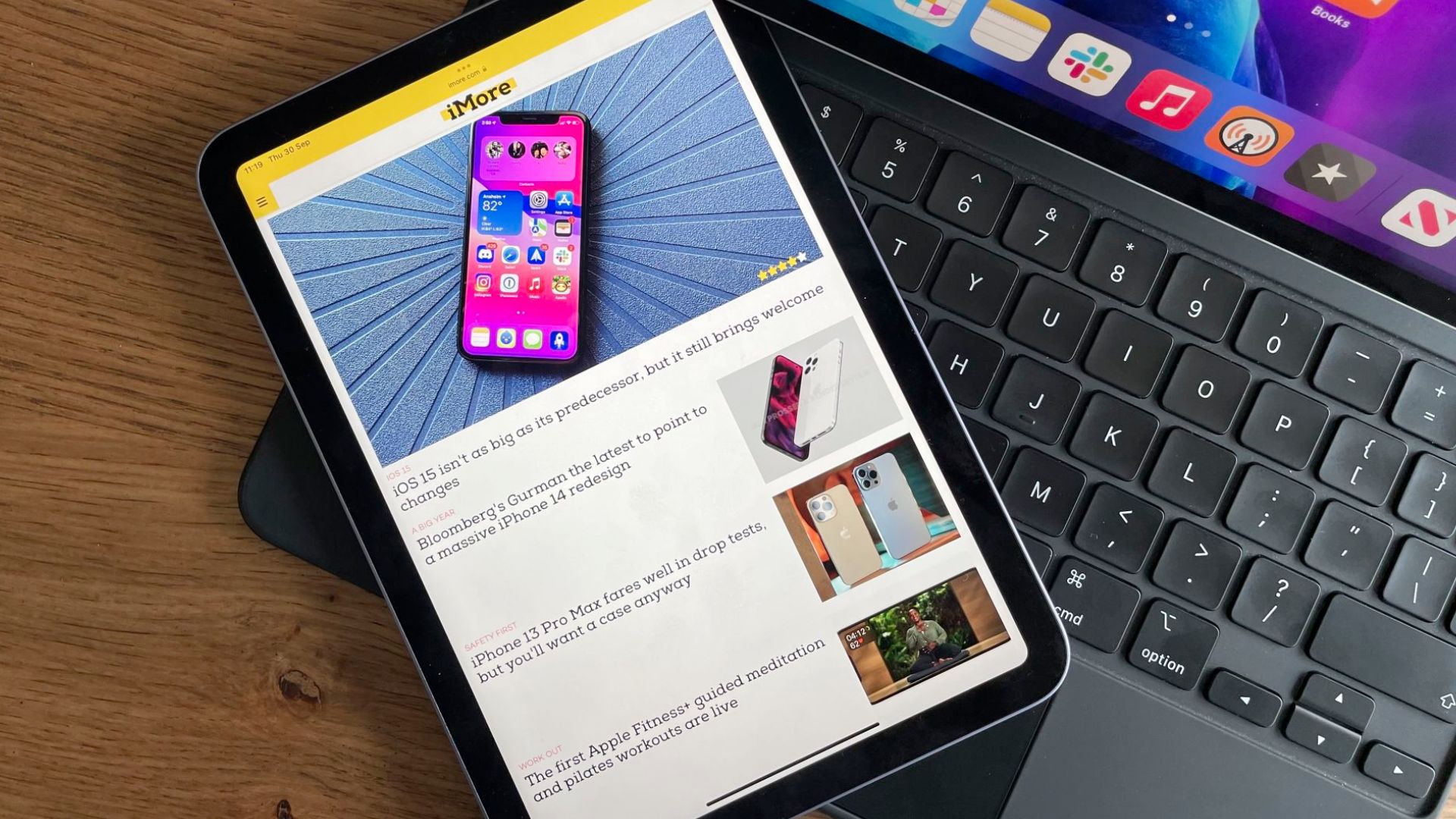It's time for iPads to make sense again
The iPad line-up is a mess — it's time for Apple to clean house.

One of the sticks that people like to bash Apple with is, well, Apple: specifically, the Steve Jobs era.
It's usually wielded as "The old Apple would never have done that!", but sometimes it goes back further: "That's like Apple before Steve Jobs came back!"
The thing is, though, the stick-wielders sometimes have a point. And they definitely do with the current iPad range, because it's a mess. The kind of mess that, had he inherited it, would have made Steve Jobs furious. And it may be part of the reason why iPad sales have been dropping: iPad sales were down 10% in Apple's most recent financial results.
So what's the problem?
One of the things that Steve Jobs brought to Apple to drag it out of the doldrums was simplicity: he famously drew a grid with two categories, desktop and portable, and two audiences, Consumer and Pro. Jobs wanted Apple to make one product for each quarter of the matrix – not the dozen or so different models of desktop and mobile Macs that Apple was selling when he returned to the company in the late 1990s.
Of course, Apple didn't make the iPod then, or the iPhone, or the iPad, or the HomePod, or the Apple Watch, or the Apple TV, or the... you get the idea. But the basic principle, that you could cover every base with a relatively small number of products, still applies. And isn't being applied to the iPad.
How many iPads should there be?

Right now there are six distinct iPads. There's the standard iPad, which is available in both 9th and 10th generation versions of 10.2 inches and 10.9 inches respectively, with the latter moving the front camera to landscape orientation which is unlike any other iPad.
Master your iPhone in minutes
iMore offers spot-on advice and guidance from our team of experts, with decades of Apple device experience to lean on. Learn more with iMore!
There's the iPad Air, which is the sweet spot in the range for most people.
There's the iPad mini, which is essentially a smaller iPad Air.
And there's the iPad Pro in its two different sizes and with two different display technologies: LED in the 11-inch and mini-LED in the 12.9-inch models.
Just to make that more complicated, there are five different processors from two different processor families in that mix. So in the cheapest iPads, you have the A13 and A14 Bionic; in the iPad mini you have the A15 Bionic; in the iPad Air you have the M1; and in the iPad Pros, you have the M2 chip.
Then there's the Apple Pencil. There are three of those now, with each working with different iPads. So Apple sells the 9th generation iPad, which only works with the 1st generation Apple Pencil; the 10th generation iPad, which works with 1st generation and the USB-C Apple Pencil via an adapter; and the Air, Mini, and Pro, which work with the 2nd generation Apple Pencil and the USB-C Apple Pencil.
How to make iPads make sense again

We're expecting Apple to refresh all of the iPad models in 2024, some of them as soon as March. And that means there's an opportunity to bring some streamlining to the model range and accessories. Whether Apple takes it, only Apple knows. But streamlining the range would be more efficient in terms of both manufacturing and marketing.
Here's what I think Apple might do.
Let's start with the cheapest iPads. Instead of two different generations of the same product, as Apple has now, Apple could and should streamline that to one. Getting rid of the 9th generation iPad would also remove the last of the Lightning connectors from the iPad range, so the first generation Apple Pencil could go too. It would also mean the end of the Retina rather than Liquid Retina iPads.
That would leave four iPads instead of five. Apple could move them all to M-series processors, which would again streamline and simplify things: M1 for the iPad, M2 for the Air, and M3 for the Pros.
But for the entry-level iPad, an A15 bionic might be the cheaper option. It's hardly ancient: it's the chip that powers the iPhone 14 so it's still in production. Instead, we might see four processors across the four iPads: A15 Bionic for the basic iPad, M1 for the mini, M2 for the Air, and M3 for the Pros.
Will Apple do it? I'm betting on yes. The surprise Halloween refresh of the MacBook range would happily fit in Steve Jobs' matrix: M1 for budget buyers, M2 for consumers, M3 for Pros, and M3 Pro/Max for the most performance-pushing customers.
The same streamlining would work just as well with the iPad: M1 or A15 for the entry-level, M2 for the Air, and M3 for the Pros. This is one area where I hope that instead of Think Different, Apple Thinks Similar.
Writer, broadcaster, musician and kitchen gadget obsessive Carrie Marshall (Twitter) has been writing about tech since 1998, contributing sage advice and odd opinions to all kinds of magazines and websites as well as writing more than a dozen books. Her memoir, Carrie Kills A Man, is on sale now. She is the singer of the Glaswegian rock band HAVR.
